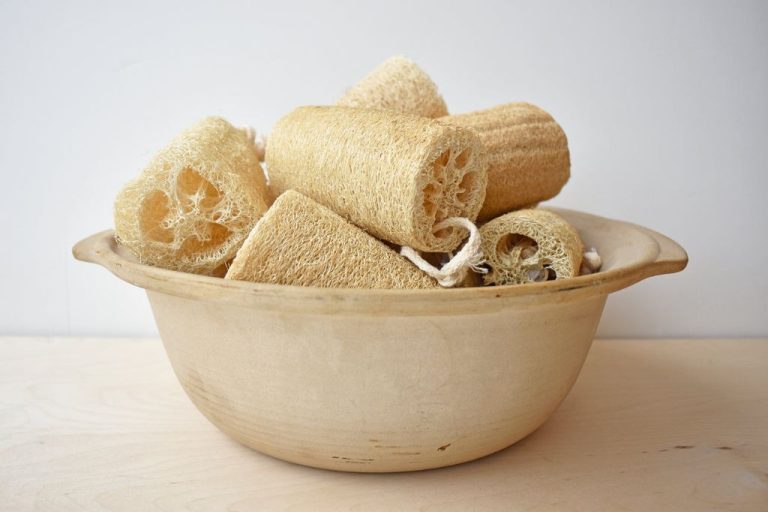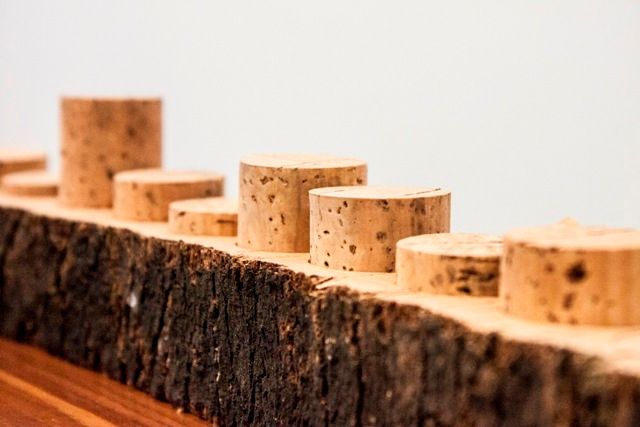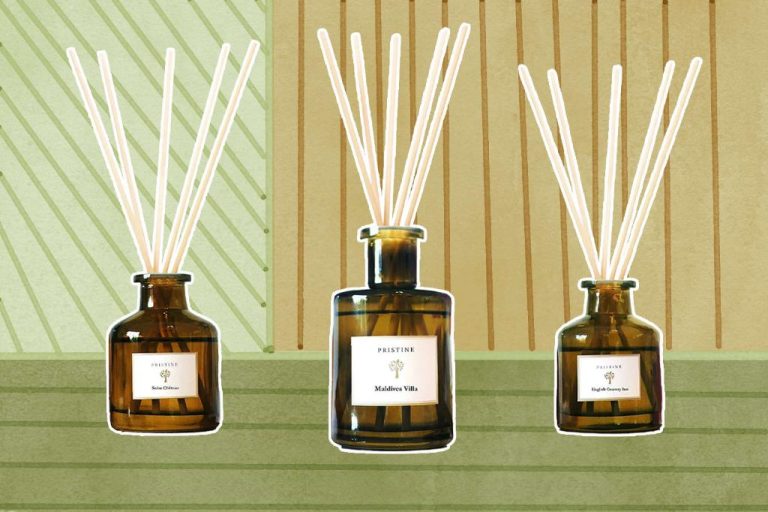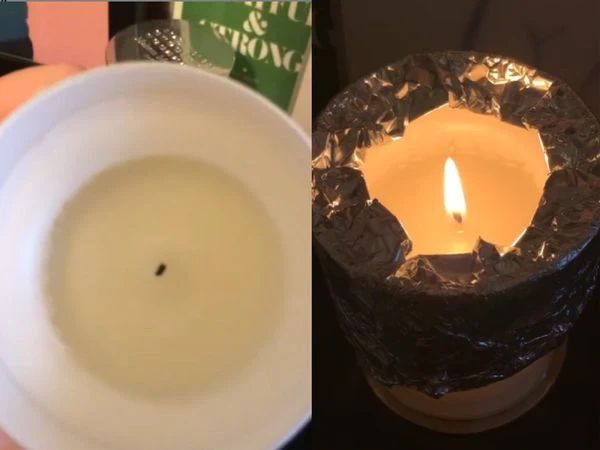Should I Pour Liquid Wax Out Of A Candle?
Some candle users may want to pour out leftover liquid wax as the candle burns down, either to reclaim the unused wax or make more room for the wick as the candle continues to burn. However, pouring hot wax carries risks of burns, spills, and even potential fires. Proper candle safety practices are essential to enjoy candles without hazards.
This article provides an overview of safety considerations around pouring hot candle wax, including risks, proper disposal methods, alternatives to pouring, and tips for safe candle usage. Understanding the dangers of hot wax can help prevent injuries and property damage.
Where the Wax Comes From
Candle wax comes from a variety of sources. Most modern candles are made from paraffin wax, a petroleum byproduct. Paraffin has a low melting point which allows it to liquefy into a pourable consistency when heated (120-150°F). The liquid paraffin wax is then poured into molds to create the candle shape before being allowed to cool and harden.
Other common candle waxes include soy wax, a vegetable-based wax made from hydrogenated soybean oil, and beeswax produced by honeybees. Both soy and beeswax have higher melting points than paraffin, requiring more heat to liquefy. Beeswax melts between 143-145°F while soy wax melts between 115-125°F.
The leftover melted wax in a candle results from the candle burning and the heat liquefying the solid wax around the wick. All candle waxes will melt from the heat of the flame as the candle burns down. The melted wax pools around the base of the wick until it hardens again as it cools.
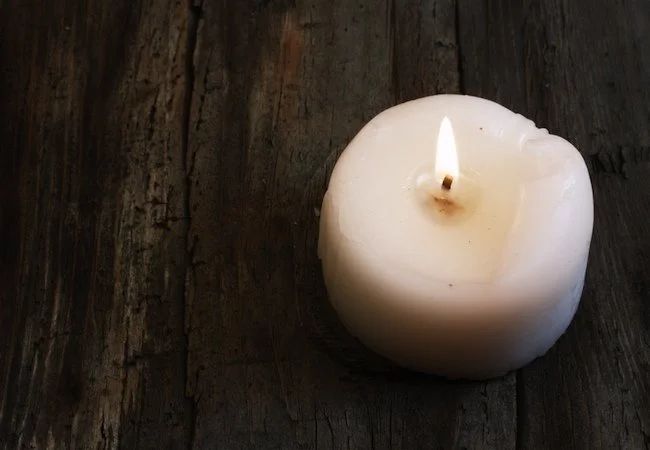
[Source: https://candles.org/elements-of-a-candle/wax/]
Safety Risks
One of the biggest risks with pouring hot liquid wax is the potential for burn injuries. According to Candles.org, hot wax can reach temperatures up to 185°F. If the wax comes into contact with skin, it can result in serious burns, especially for children and pets who may be within reach of the candle. Always use extreme caution when handling hot wax and make sure to keep it far away from anyone who could accidentally get burned.
Additionally, pouring hot wax increases the risk of starting accidental fires. As noted by Jenkins Restorations, after a candle burns for an extended period, carbon buildup occurs which destabilizes the flame. This makes the candle more prone to issues like tunneling, smoking, and runaway flames. Pouring hot wax accelerates the carbon buildup, posing an even greater fire hazard if the candle flames spread. Proper precautions like blowing out candles before they burn down fully can help reduce the chance of fires.
Proper Wax Disposal
When it comes time to dispose of candle wax, it’s important to allow the wax to fully cool and harden before attempting to throw it away. According to the Napa Recycling and Waste Services, “Candle wax isn’t recyclable, but the tins and jars that candles come in often are. Simply remove the wick and any remaining wax, and place in the trash.” https://naparecycling.com/guide/candles/
Trying to pour out hot liquid wax can be dangerous and increase the risk of spills and burns. Allow the candle to completely burn out on its own in a safe location. Once the wax has cooled and hardened, it can safely be peeled or scraped out of the container and disposed of in your regular household trash. The glass or metal container may be able to be recycled depending on your local recycling guidelines.
While hardened candle wax itself is generally not recyclable at most curbside recycling facilities, some specialty recycling companies and candle makers may accept used candle wax to melt down and reuse. Check for options in your area, or consider creative ways to reuse the wax yourself in candle-making craft projects.
Reusing Leftover Wax
There are creative ways to reuse the leftover wax from candles, rather than simply pouring it down the drain. One popular option is to melt the wax and make new candles. To reuse candle wax, start by removing any wicks and trimming off the top layer of wax that may have debris. Grate or chop the leftover wax into smaller pieces so it melts easier. Place the wax pieces in a heat-safe glass or metal container and set it in a saucepan with about an inch of water. Heat the water slowly until the wax melts completely. Let it cool slightly and then strain through a coffee filter or cheesecloth to remove any impurities. The reused wax can then be poured into containers or molds to make new candles, wax melts, or other creations. Store extra wax in an airtight container for later use[1].
Another way to reuse candle wax is for arts and crafts. Dyed wax can be used to make colorful crayons. Simply melt old candle wax, combine with crayon wicks, and pour into a crayon mold. Leftover wax is also handy for sealing envelopes. To make a wax seal, melt a small amount of wax, dip the seal stamp into it, and press onto the envelope flap. Wax is also great for waterproofing matches and starting campfires. Dip the match tip into melted wax to protect it from moisture. For firestarters, coat cotton balls, dryer lint, or sawdust with melted wax and store in an egg carton[2].
When Pouring Hot Wax is OK
There are some instances when pouring hot wax from a candle can be done safely. The key is taking proper precautions.
First, it’s important to allow the wax to fully pool in the candle container before blowing out the flame. This helps prevent wax from spilling over the sides when poured. Once the wax has fully liquefied, the candle can be extinguished.
Next, have a heat-safe container ready to pour the hot wax into, like a glass or metal bowl. Avoid pouring wax directly into the sink or trash which could lead to clogs or fires [1].
Finally, let the poured wax fully cool and harden before handling or disposing to prevent burns. Never try to pour out wax while the candle is still lit.
Following these simple guidelines allows melted wax to be poured out safely when needed, with minimal mess or risk.
Alternatives to Pouring
Instead of pouring out the liquid wax, there are other methods to handle leftover wax in candles:
- Blow out the candle before too much wax pools. Allowing the wax to fully melt and pool can make it more likely to spill or require pouring out extra wax. Blowing it out sooner prevents excess melted wax.
- Use a candle snuffer to extinguish candles. Snuffers smother the flame without needing to pour wax. They can extinguish candles more cleanly than blowing them out.
- Trim wicks as needed instead of pouring out wax. Long wicks that mushroom over the side can lead to excess melting. Trimming them prevents overflow and tunneling.
With a little care, most leftover wax can be avoided entirely. Proper wick length, blowing out candles before overpooling, and using snuffers allow full use of candles without pouring.
Storing Candles to Minimize Wax
There are a few simple tricks to storing candles properly that can help minimize excess wax and potential issues like tunneling. Keeping the wick trimmed to 1⁄4 inch before lighting can help the candle burn more evenly and prevent too much wax from melting near the edges (1). Allowing the candle to burn too long or too low before extinguishing the flame is another cause of wax pooling. Generally you’ll want to stop burning a candle when there’s 1⁄2 to 1 inch of wax remaining (2).
The way you store the candle between uses matters too. Storing the candle upright, rather than sideways, ensures the wax pool doesn’t spread across the entire surface. This allows the candle to burn more evenly next time it’s lit. If you do store horizontally, rotating the candle periodically can help minimize uneven melting on one side (1).
Cleaning Up Spilled Wax
The key to effectively cleaning up spilled wax is letting it fully harden before attempting to remove it. Liquid wax can spread quickly and create a bigger mess if you try to wipe it up while still in a melted state. According to Hotel Collection, you should wait at least 10 minutes for the wax to fully harden and shrink after spilling before cleaning. Solid hardened wax is much easier to scrape or peel off surfaces.
To speed up the hardening process, you can place ice cubes in a plastic bag and set it on top of the spilled wax for 10 minutes. The ice will help the wax set and solidify rapidly (1). Once hardened, you can use a plastic scraper, a credit card, or even your fingernail to remove the majority of the wax.
For any remaining wax residue, lay a paper towel over the area and apply a clothes iron on low heat. The heat from the iron will transfer through the towel to melt the wax, allowing the paper towel to soak it up. Check the towel often and replace it with a clean one as needed. The wax should come up without damaging the underlying surface. Avoid ironing directly on top of the wax as this can push it further into the material underneath.
With some extra patience for the wax to fully harden, the clean up process is straightforward. Allowing time for solidification makes removing spilled wax much more manageable.
Conclusion
Overall, there are a few conclusions we can draw about the proper way to handle leftover wax from candles:
First, it’s generally unsafe to pour hot liquid wax, as this poses a burn risk. The wax can reach over 400°F when lit, so pouring it while hot should be avoided.
However, it is acceptable to repour wax that has fully cooled and solidified. This allows you to reuse old candle wax without the same safety hazards.
If choosing to dispose of candle wax instead of repouring, it should be allowed to fully harden and then can be thrown away in normal household trash. Never pour hot liquid wax down the drain, as it can clog pipes when it re-hardens.
Proper storage of candles, such as using a candle warmer or snuffing out the flame before too much wax pools, can help reduce the need to pour wax in the first place. Any spilled wax can be cleaned up when fully hardened.
In summary, pouring candle wax requires caution. But with some safety considerations, leftover wax can be reused or disposed of properly.

